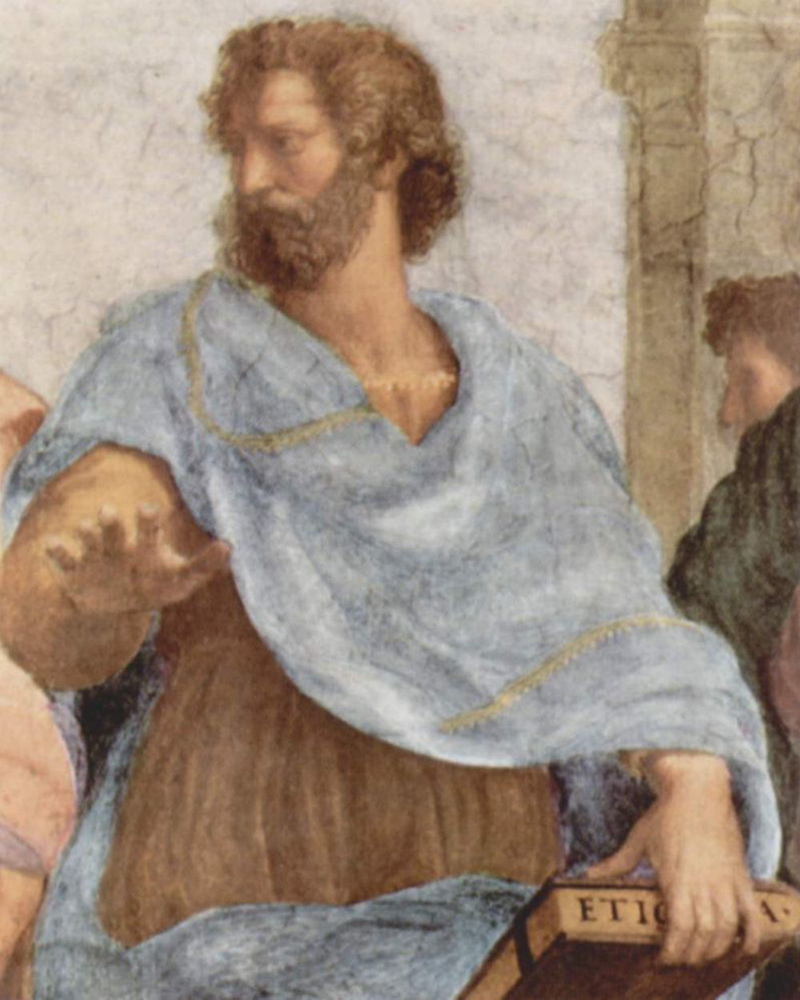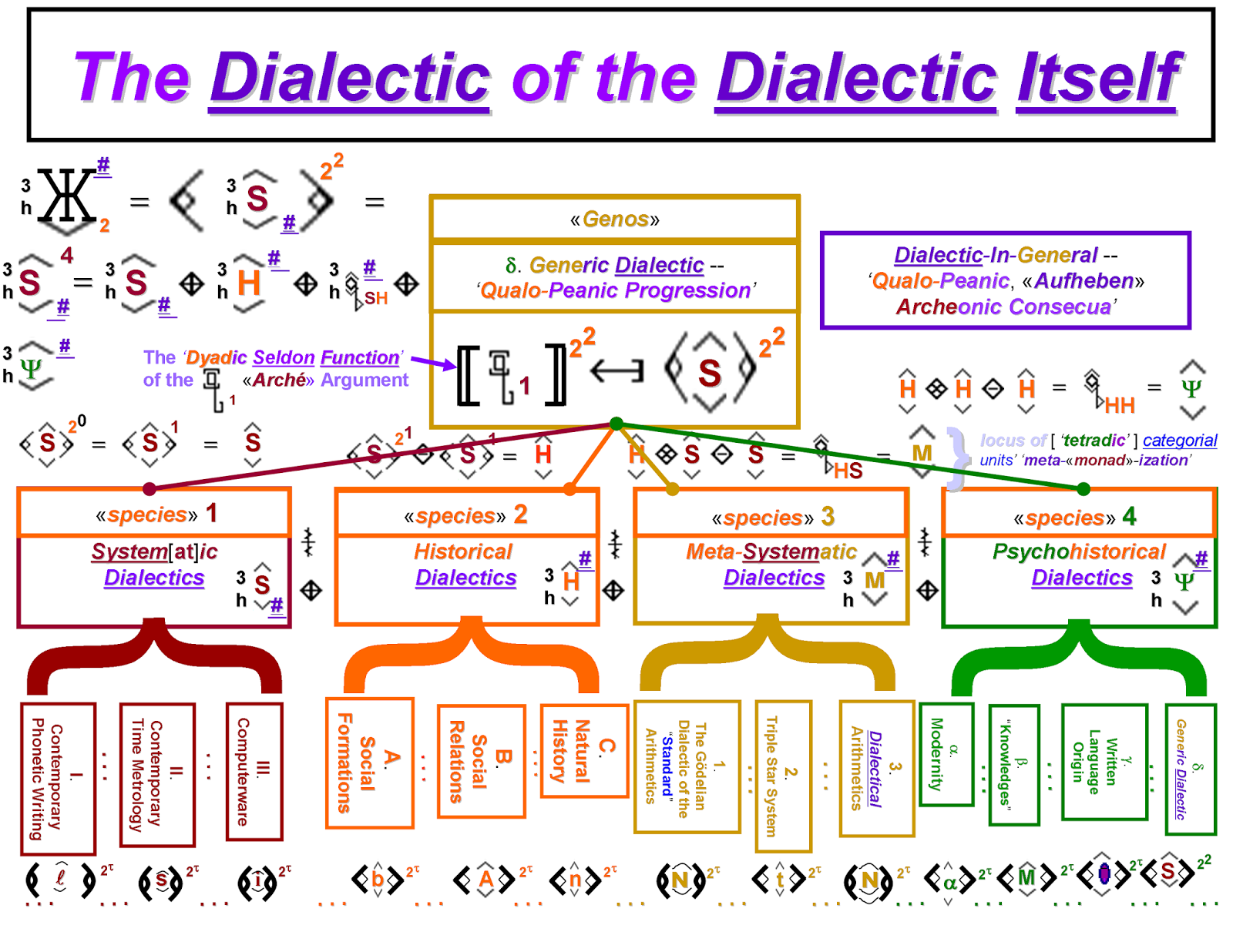
Plato provides the following five principal categories of dialectic: motion, rest, variety, identity, and being consequently, being is treated by Plato as an actively self-contradictory, coordinated, separate entity. Remarkable examples of this kind of ancient, idealistic dialectic are contained in Plato’s dialogues. He considered it possible to achieve this knowledge only by means of adducing contradictory particulars into the whole, or the general. The spirit of the eristic and the question-and-answer, conversational theory of dialectic, as introduced by the Sophists and Socrates, began to penetrate all ancient philosophy and the dialectic that was a part of it.Īlthough he continued Socrates’ thought and treated the world of concepts and ideas as a specific, independent reality, Plato understood dialectic not only as the division of concepts into precisely separated species (as Socrates had done) and not only as the search for truth with the aid of questions and answers, but also as knowledge of relative existence and genuine existence. They pursued the truth by means of increasingly refined and precise intellectual concepts and categories. It was precisely they who, in departing from the dialectic of being as it was espoused during early classicism, led human thought into stormy motion, with its eternal contradictions and unceasing search for truth in an atmosphere of fierce quarreling. The Sophists and Socrates played a great role in the history of dialectic.

They developed dialectic to a point of extreme skepticism, not excluding even morality. Based on the philosophy of Heraclitus and the Eleatics, a purely negative dialectic came into being among the Sophists, who in the constant changing of mutually contradictory things and ideas saw the relativity of human knowledge.

It was precisely the Eleatics who sharply contrasted unity with multiplicity and the intellectual world with the sensory world. Heraclitus and other Greek natural philosophers formulated the ideas of external becoming and of movement as the unity of opposites.Īristotle considered Zeno of Elea to be the first dialectician. This was the universal dialectic of identity and variety. Furthermore, they understood the universal mutability of things as resulting from the transformation of any one specific basic element (earth, water, air, fire, and ether) into any other one. This was the universal dialectic of motion and rest. The philosophers of early Greek classicism spoke about universal and eternal motion and at the same time imagined the cosmos in the form of a completed and perfect entirety, something eternal and at rest. The ancient dialectic, based on a living, sensory perception of the material world, beginning with the very first conceptions of Greek philosophy, formulated an understanding of reality as something that changes and becomes, combining opposites within itself. Ancient eastern and Graeco-Roman philosophy created everlasting patterns for the dialectical world view. In the philosophy of Marxism-Leninism, the unity of materialism and dialectic has received a scientific basis and a logically consistent expression.ĭialectical thought has very ancient origins. In the history of dialectic, the following principal stages can be clearly distinguished: the spontaneous, naive dialectic of the ancient thinkers the dialectic of the Renaissance philosophers the idealistic dialectic of German classical philosophy the dialectic of the 19th-century Russian revolutionary democrats and the Marxist-Leninist materialist dialectic as the highest form of modern dialectic.


#DIALECTIC ARISTOTLE FREE#
Lenin, dialectic is a doctrine of development in its most complete and profound form, free from one-sidedness a doctrine concerning the relativity of human knowledge (which provides us with a reflection of eternally developing matter). In this sense dialectic, beginning with Hegel, is contrasted with metaphysics-the mode of thought that considers things and phenomena as unchanging and independent of each other. The doctrine of the most general principles of emergence and development, whose internal source is viewed as the unity of and conflict between opposites.


 0 kommentar(er)
0 kommentar(er)
